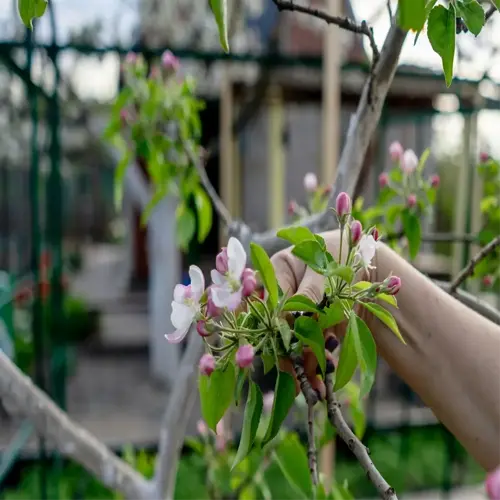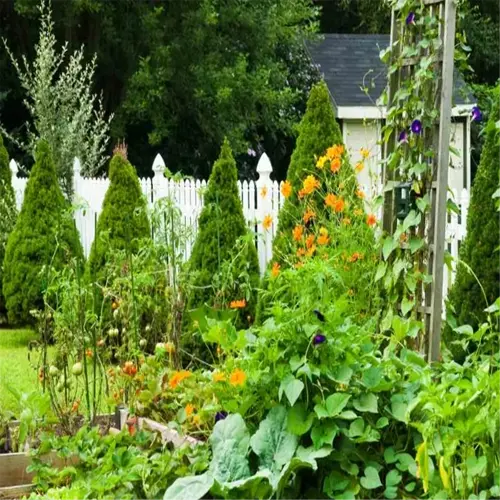Which plants should avoid self-watering systems?

Written by
Kiana Okafor
Reviewed by
Prof. Charles Hartman, Ph.D.Self-watering containers are ideal for use with plants that prefer moist conditions, and very bad for plants that prefer dry conditions. Recognizing the growth habit of a plant's root system is part of the education to avoid expensive mistakes. While tomatoes and basil might do very well in self-watering containers, desert cacti, and Mediterranean herbs may not be productive. Ultimately, being able to match species to the growing system is best!
Desert Species
- Cacti require complete soil drying between waterings
- Succulents like aloe develop root rot in constant moisture
- Agaves need gravel-heavy soil for drainage
Mediterranean Herbs
- Lavender thrives in poor, dry soils
- Rosemary develops woody stems in wet conditions
- Thyme loses flavor with excessive water
Epiphytic Plants
- Orchids require air-exposed roots
- Bromeliads absorb water through central cups
- Spanish moss needs humidity over soil moisture
Bog Plants
- Carnivorous species need standing water
- Papyrus requires 2-3 inches of constant water
- Water lilies demand pond-like environments
Root structure influences the amount of water a plant requires. Plants in dryland ecosystems have thickened taproots to exploit deep water tables. Plants characteristic of Mediterranean climates have more fibrous root systems that maximize water absorption during scarcities of summer rainfall. Habitual self-watering systems will counteract these natural adaptations ultimately causing delayed plant growth or death over time.
A client discovered this very unpleasantly when her collection of orchids, worth $200, shriveled to death while in self-watering pots. When she transitioned to hanging mesh baskets, her orchids were revived in a matter of months. Always take the time to research the provenance of the plant. Tropical rainforest species are not just pretty but they also prefer and require more water than native desert plants for the same conditions.
Change containers for borderline plants. For rosemary-loving gardeners, insert an inch (2.5 cm) of gravel layer under the soil height. Add manual drainage plugs to initiate dry cycles. I've grown sage this way by only watering the sagepisode if the reservoirs dry every so often.
In the future, intelligent systems could respond to changes in hydration as indicated by an external plant DNA database. Containers would scan root balls to dispense and tailor water contents. For now, identify species and species families with habitats to help create productive container gardens.
Read the full article: Ultimate Guide to Self Watering Containers

